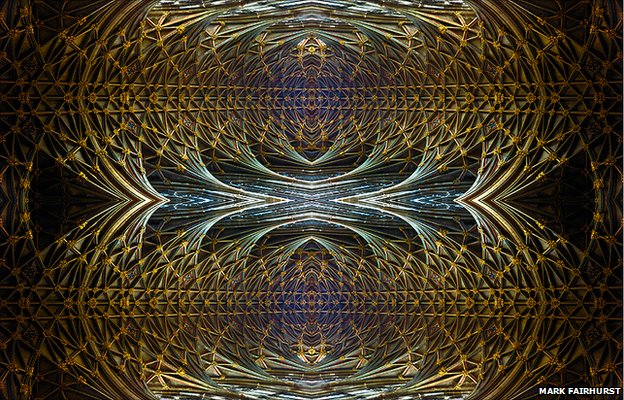Overall winner and Photographer of the Year at this year’s Sony World Photography Awards is Alys Tomlinson for her series Ex-Voto. A British winner for the first time in ten years, Tomlinson presents a series of black and white photographs across the genres of portrait, landscape, and still life exploring the geography and legacies of particular European pilgrimage sites. In Lourdes (France), Ballyvourney (Ireland), and Grabarka (Poland), a distillation of details with carved crosses in rocks, suspended animation in forest clearings, and quietly direct faces form a study in contemplation that reaches for depth in faith and history.
It is a superlative achievement, rendered with a poise and sincerity that seemed to eclipse the noisy exuberance of other entries. Tomlinson entered in the category for professional photographers called ‘Discovery’, new this year to the competition. It appears to tap a vein of invested story-telling, something that goes beyond the documentary, externalised interest of other places and people. Also shortlisted in this category was the series Els Enfarinat by Antonio Gibotta, in which scenes of ‘the Floured’s War’ are shown taking place in Ibi, Spain every December – a flamboyant festival of smoke, fireworks, and enacted combat with reverberations in the biblical festival of the Day of the Innocents. Both Gibotta’s work and Tomlinson’s reveal ‘discoveries’ that suggest an internalised interest, a connection of world with something soulfully and historically meaningful. In this case, perhaps surprisingly, it is also Christian. Here an observant photography, far from being blind to cultural politicisation of the visual field, or blind to the global, diversifying, colour of the contemporary environment can also see the Bible, the horizon of Christian faith, and the sincerely held habits of belief in European traditions. Further, it can do so without suspicion, without irony, and with a lens porous to the visual meaningfulness of spiritual observance.

Tomlinson herself feels the attraction of simple faith, though she does not share it. Her time at the pilgrimage sites grew out of a residency at Lourdes at the Marie Saint-Frai in 2014. Her long-term project there had spanned her studies for an MA in Anthropology of Travel, Tourism, and Pilgrimage (SOAS), during which time she continued in documentary and editorial photography. But it was the contrary impetus of a world defined by ‘the peace and the space that people carve out to just sit and think’, as she has said in interview, that drew her attention. In this sense, Tomlinson’s recognition of faith is registered in images that seem to concentrate slowed time and intentionality. Her own perspective shifts in what is immersive sympathy with, and not simply conceptual accommodation of an ‘other’ community. The views in the photographs imply her own viewing directness, the near-tactility of objects, and the self-positioning of her gaze – not to mention the aesthetic of black-and-white across different focal zones. There’s a hum to the series as a whole that resists any suggestion of artful distance, instead resonating with the personal effects of a certain kind of reflective action. The portrait above bears comparison, for example, to an August Sander portrait from 1921. The frontal pose and the framing of the figure against a blurred background give the same nominal setting for the same subject, but Sander keeps the societal difference and the signs of his classification in view (as evidenced in his 1929 publication Face of Our Time), whereas Tomlinson renders at life-size an immediacy and vulnerability of person. Across her series indeed, we find this attentive and searching gaze, reflected and held in a vision that is at once photographic and spiritual.
Header image: From Alys Tomlinson’s Ex Voto series, at Somerset House, London, 2018. Photographed by Sheona Beaumont.



